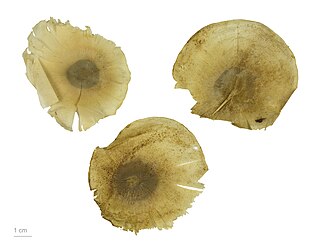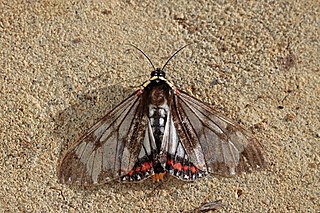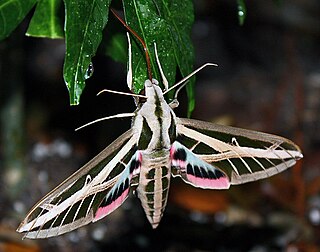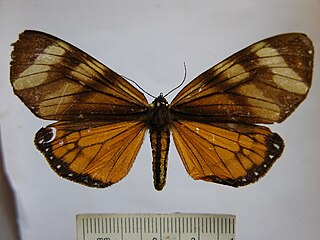This is articles is about lists of hospitals in South America. It contains links to the lists, number of articles in the category, and healthcare in each country, territory and dependency in South America.

Bromelia is the type genus of the plant family Bromeliaceae, subfamily Bromelioideae. Bromelia species are widespread across much of Latin America and the West Indies, and are characterized by flowers with a deeply cleft calyx. The genus is named after the Swedish medical doctor and botanist Olof Bromelius (1639-1705).

Aspidosperma is a genus of flowering plant in the family Apocynaceae, first described as a genus in 1824. It is native to South America, Central America, southern Mexico, and the West Indies.

The red pileated finch, also known as the red-crested finch, is a species of bird in the family Thraupidae. It is found in Argentina, Bolivia, Brazil, Ecuador, French Guiana, Guyana, Paraguay, Peru, on the eastern side of the Andes. Its natural habitats are subtropical or tropical dry forests, subtropical or tropical moist lowland forests, subtropical or tropical dry shrubland, and heavily degraded former forest. This is a common species, and the International Union for Conservation of Nature has rated its conservation status as "least concern".

Arawacus is a genus of butterflies in the family Lycaenidae. They are commonly called stripestreaks. The species of this genus are found in the Neotropical realm.

Dysschema is a genus of tiger moths in the family Erebidae. The genus was erected by Jacob Hübner in 1818. The genus contains some of the more showy moths of the southwestern United States.

The languages of South America can be divided into three broad groups:

The following outline is provided as an overview of and topical guide to South America.

Myscelus is a Neotropical genus of skippers in the family Hesperiidae.
Tetrisia is an invalid genus name for a species of moths in the family Erebidae, containing a single species, T. florigera. It was described by Francis Walker in 1867. It is found in South America, including Costa Rica, Brazil and Colombia.

Olyra is a genus of tropical bamboos in the grass family. It is native primarily to the Western Hemisphere, with one species extending into Africa.

Currently, Mercosur is composed of five full members, five associated countries and two observer countries:

Eumorpha fasciatus, the banded sphinx, is a moth of the family Sphingidae. The species was first described by Johann Heinrich Sulzer in 1776.

Marpesia is a butterfly genus in the family Nymphalidae. The species of this genus are found in the Neotropical and Nearctic realms.

Dysschema eurocilia is a moth of the family Erebidae first described by Pieter Cramer in 1777. It is a common species throughout tropical America, where it has been recorded from the Antilles, Central America and South America.

The 2022 FIBA AmeriCup qualification was a basketball competition that was played from June 2018 to February 2021, to determine the eleven FIBA Americas nations who would join the automatically qualified host Brazil at the 2022 FIBA AmeriCup.

Beach volleyball competitions at the 2022 South American Games in Asuncion, Paraguay were held between October 11 and 15, 2022 at Los Pynandi World Cup Stadium.















